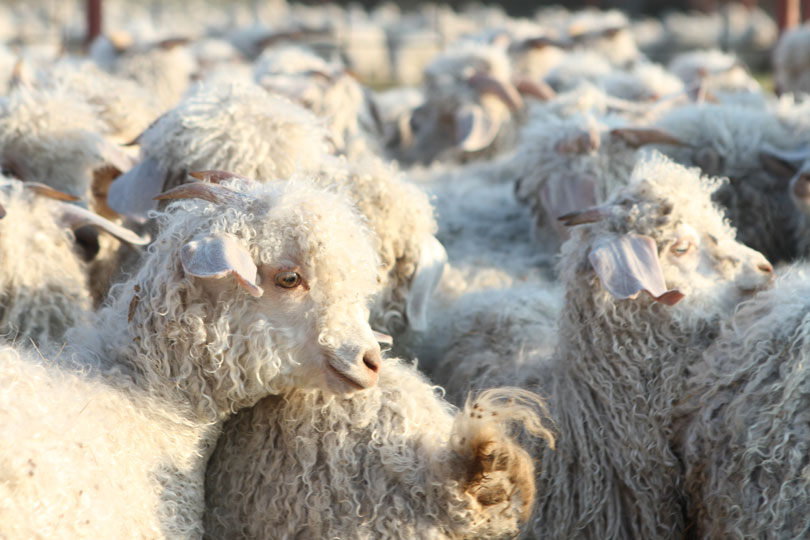By Justin Walker
Communications Specialist
The market for sheep and goat meat, wool and mohair continues to grow, according to a Texas A&M AgriLife Extension Service expert.
Fleece production is beginning to see larger profits due to the demand, Dr. Reid Redden, AgriLife Extension state sheep and goat specialist, said.
“It used to be that wool prices would barely cover the shearing cost, but now producers are seeing profits range from $25 to $50 per fleece,” Redden told AgriLife Today.
The annual sheep shearing cycle is coming to a close. Traditionally, West Texas wool is used as fine wool yarn to produce worsted or woolen clothing.
“There is a lot of interest in Merino wool for performance wear,” Redden said.
Merino wool comes from Merino sheep and is the most commonly-produced wool in Texas, he said.
Mohair from Angora goats has also become a highly-requested commodity. Used in clothing and other textiles, the value of mohair has risen roughly 30 percent in the past year, Redden said. Angora goats are shorn twice a year, around March or April and again in August or September.
While wool and mohair demand is high, it’s nothing compared to the demand for lamb and goat meat, Redden said.
“The lamb and goat markets have really been gaining momentum the last five years,” he said. “Producers can’t keep up with the demand for lamb.”
Redden noted the demand for lamb comes primarily from ethnic markets, but it has also become a trendy meat option for millennials. The demand for lamb, Redden said, is much larger than what the United States can supply, so lamb is imported from Australia and New Zealand.
Texas remains the top producer of goat meat, with 35 percent of the national supply. The Lone Star State also ranks first in sheep production and mohair production, but falls behind other states in wool.
“There’s been a big transition in the last 10 years in the meat market, and now that demands for quality wool and mohair are helping those markets, we’re really seeing profitability opportunities that warrant inclusion of sheep and/or goats into beef cattle operations,” Redden said. “There are more challenges in production, but the market for Texas producers is strong and all the trends are positive.”
For more information on sheep and goat demand, click here.

